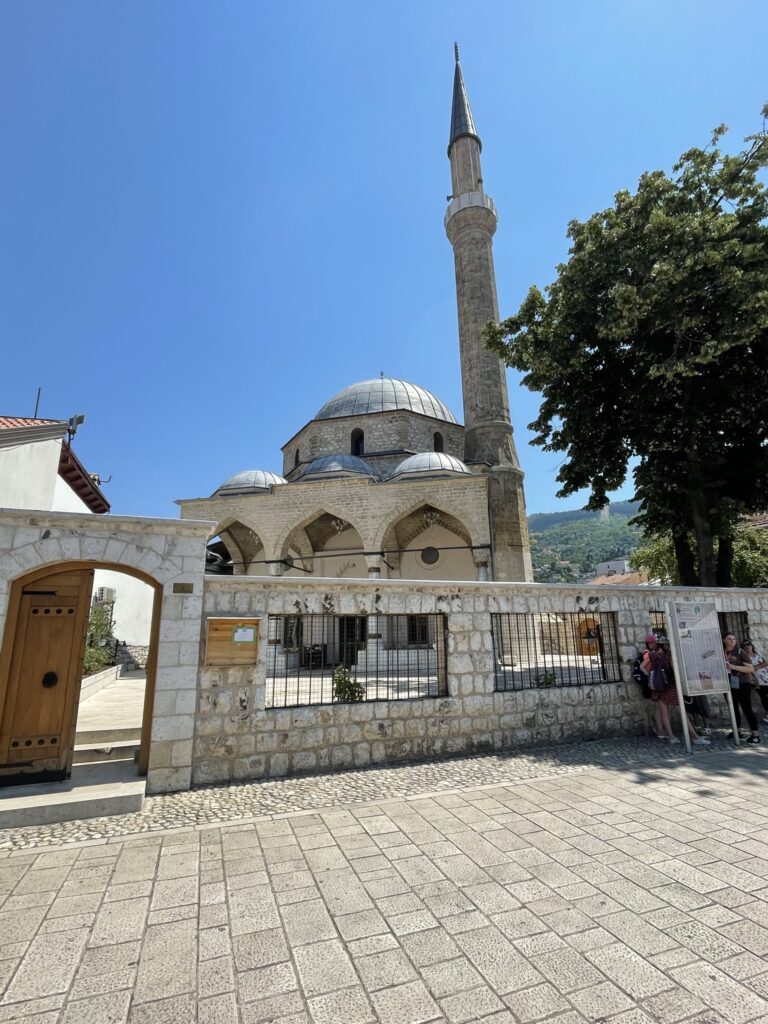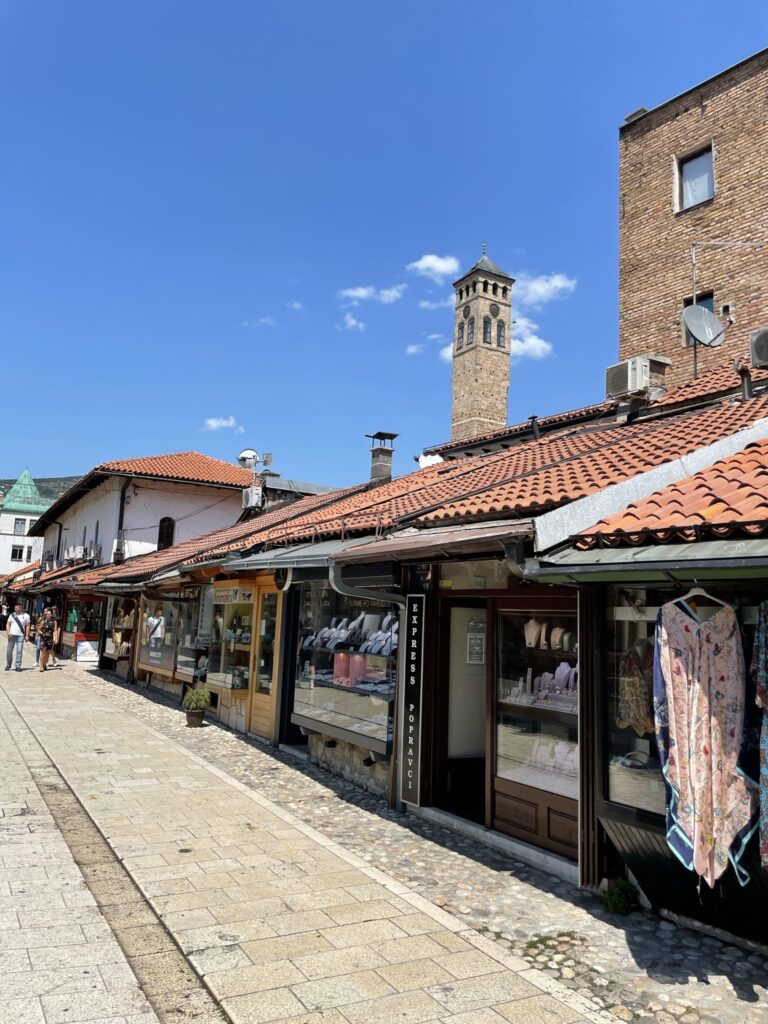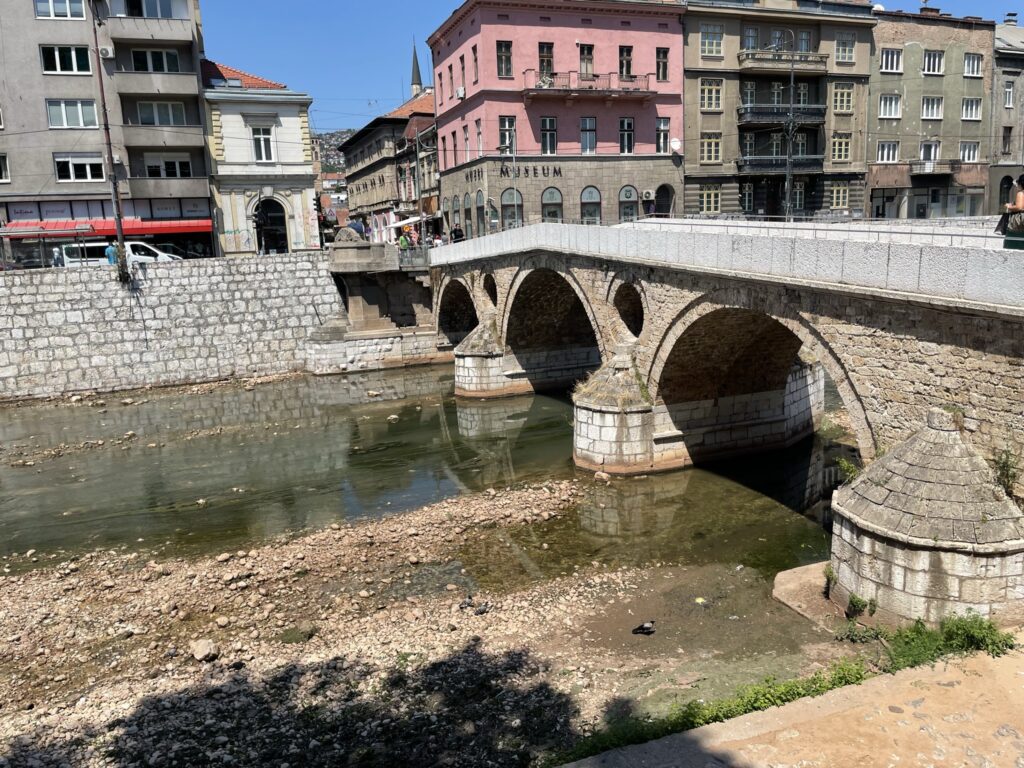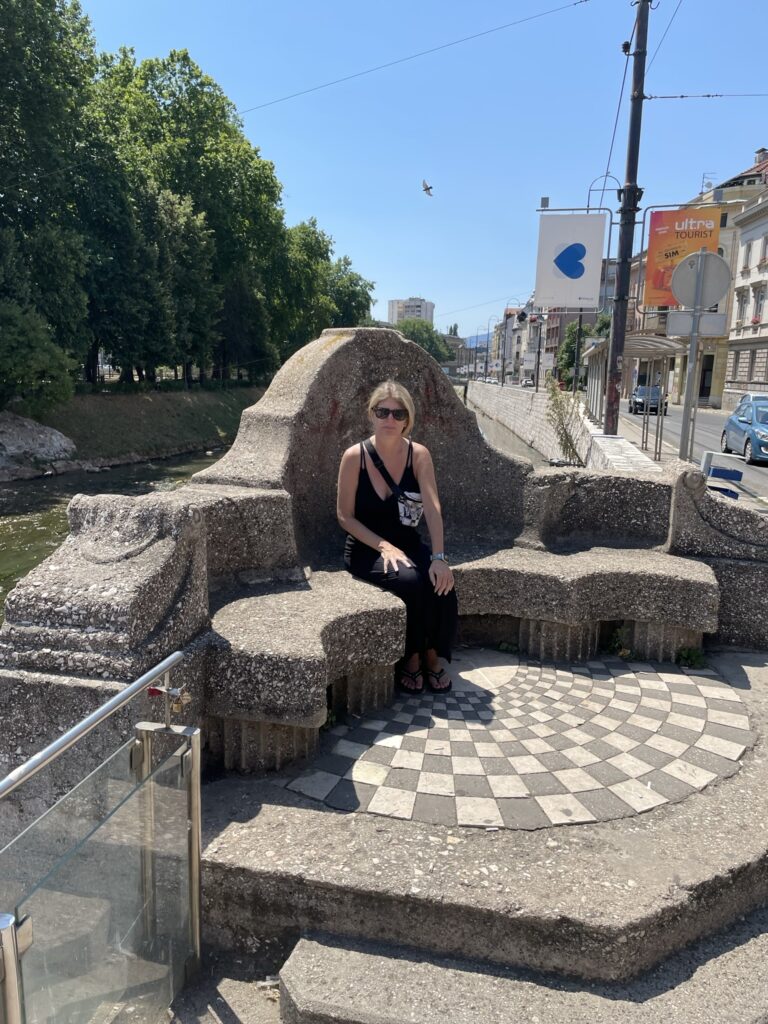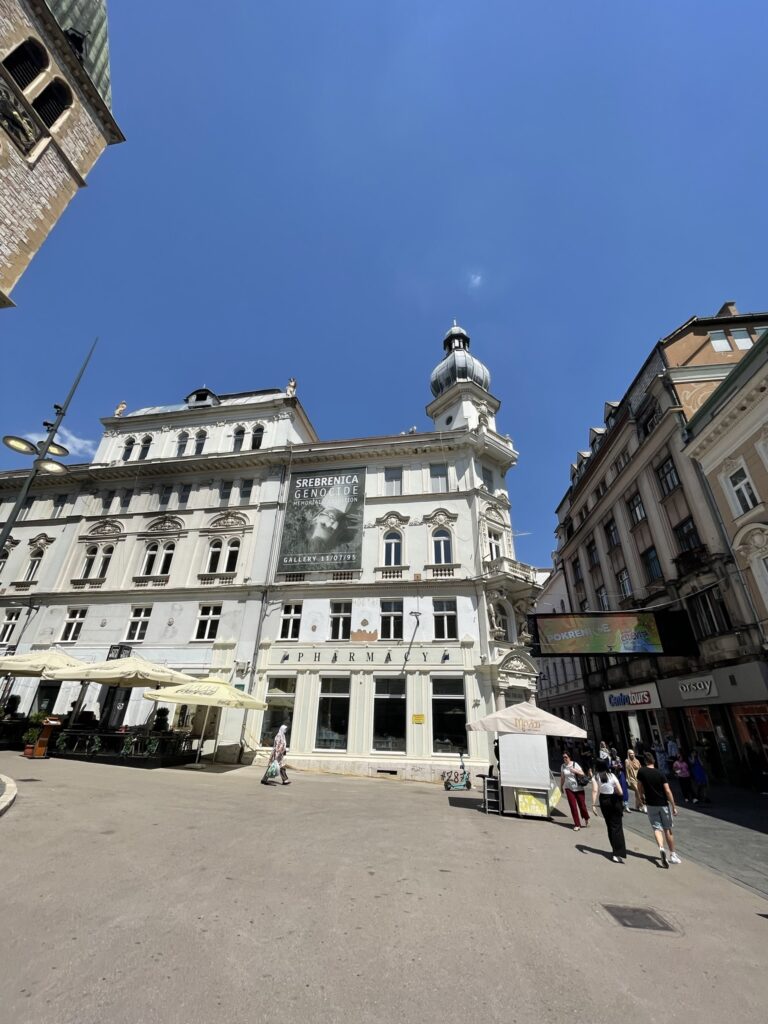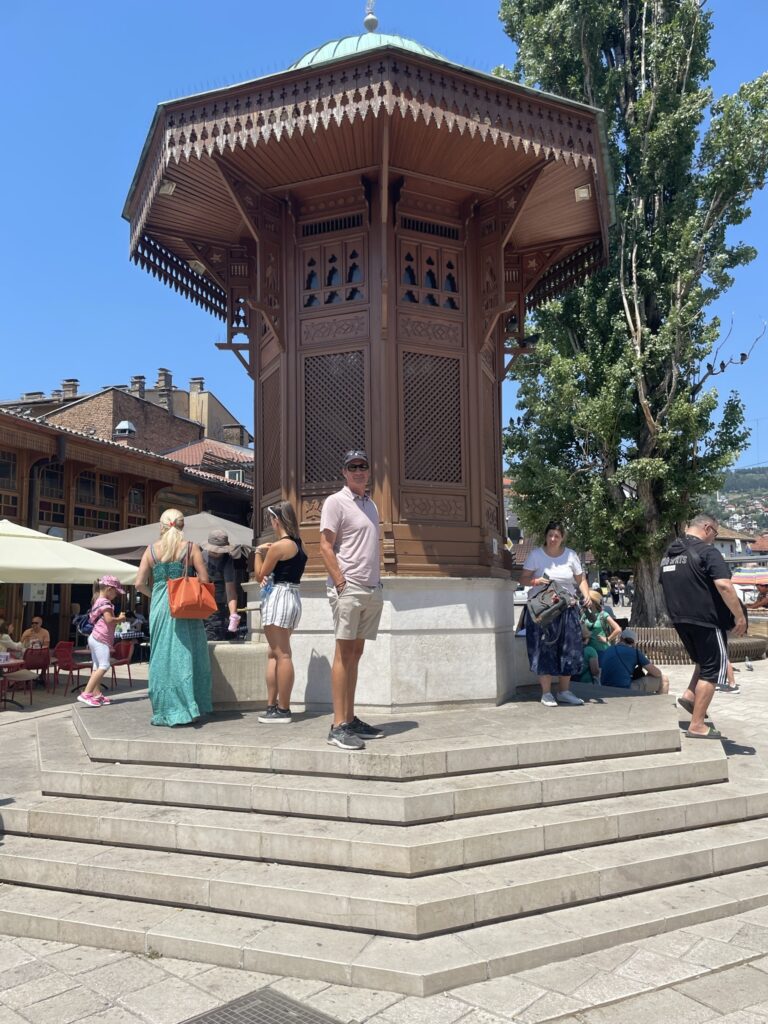
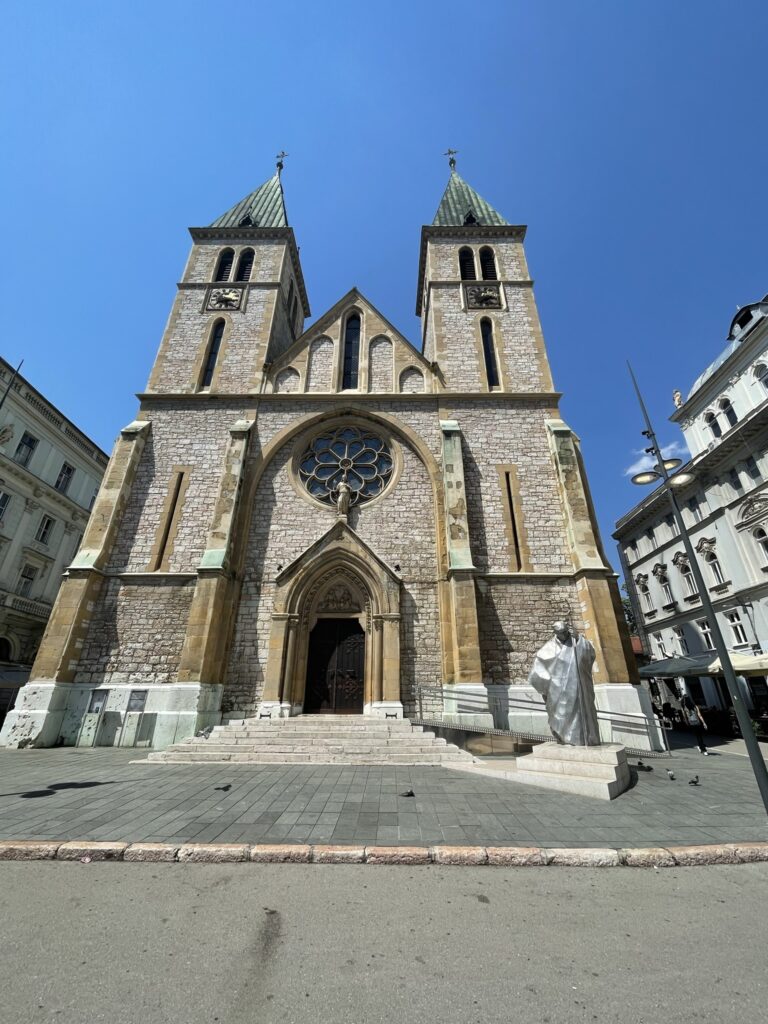
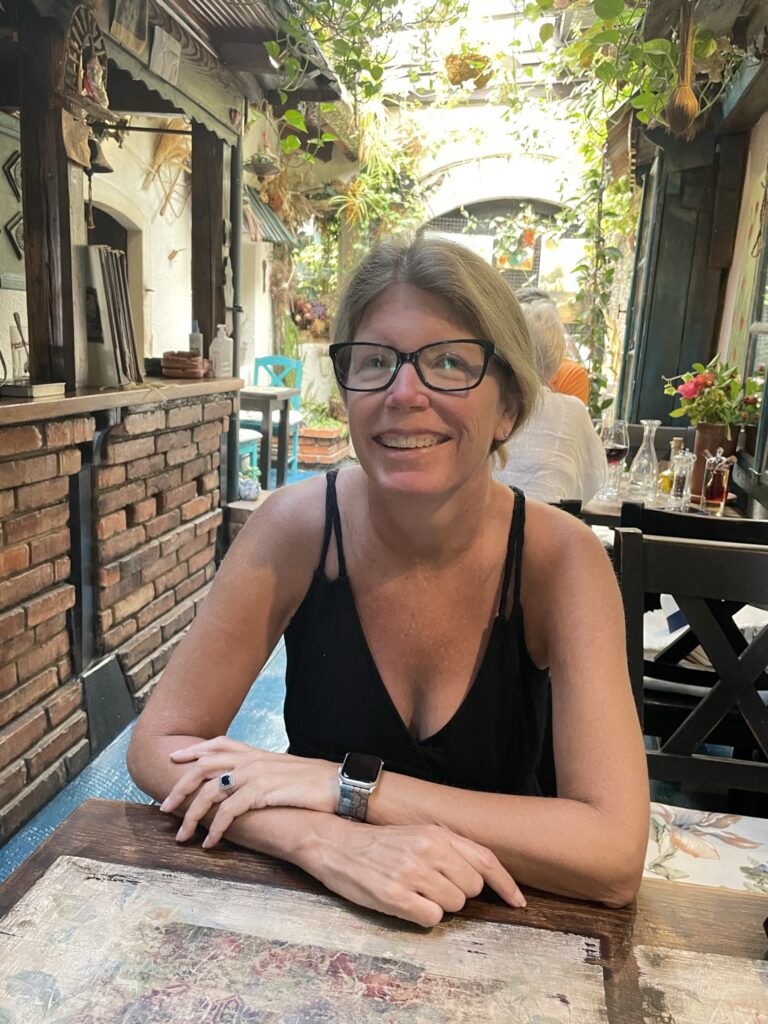
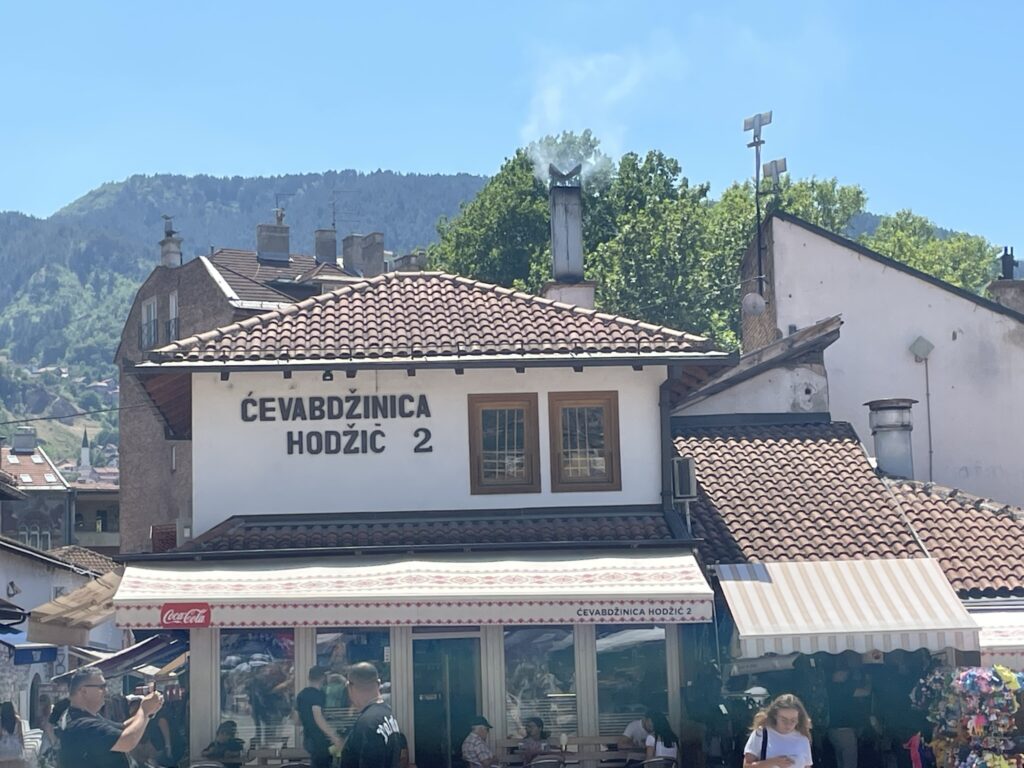
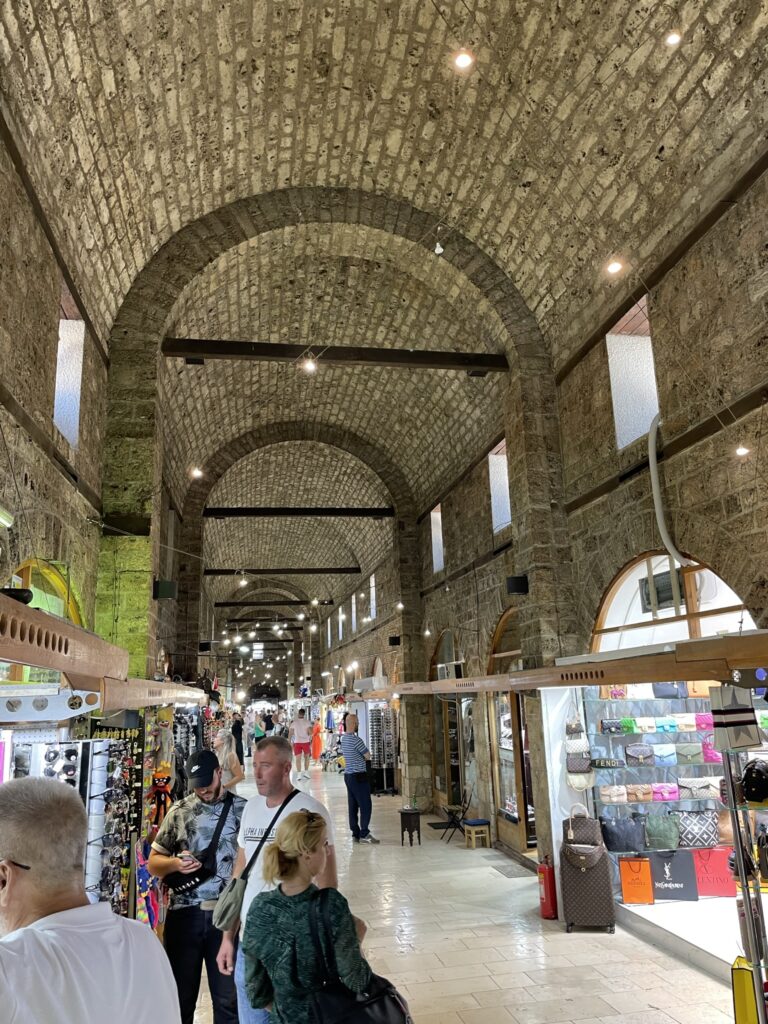
Sarajevo, the capital of Bosnia and Herzegovina, is a city with a rich and complex history that is both fascinating and sobering. Located in the Miljacka River Valley at the foot of Mount Trebevic, Sarajevo is a place where different cultures and religions have coexisted for centuries.
One of the most striking features of the city are the numerous mosques that can be seen throughout, evidence of the long period of Ottoman rule in the region. The old Turkish marketplace is another must-see attraction, offering a glimpse into the city’s past as a thriving commercial hub.
But Sarajevo’s history is not all peaceful. The city has been at the center of conflict and conquest for centuries. It was in Sarajevo that the Archduke Franz Ferdinand and his wife were assassinated in 1914, an event that sparked the start of World War I. Visitors are strongly encouraged to read up on the history of the region before visiting, including the Ottoman Empire’s influence on Bosnia and the tumultuous events leading up to World War I.
The city was also the site of the 1984 Winter Olympics, a symbol of unity and international cooperation. But just eight years later, the city was under siege by Bosnian Serb forces during the Bosnian War. Today, reminders of the war can still be seen around town, including bullet holes in buildings and a cemetery honoring the victims of the siege.
Despite its complex past, Sarajevo is a city that is not to be missed. Visitors can indulge in the delicious food of the region, which draws influences from Ottoman, Mediterranean, and Slavic cuisine. And for those looking to take home a unique souvenir, the city is known for its copper crafts and traditional Bosnian coffee sets.
In short, Sarajevo is a city that is both beautiful and haunting, with a rich and varied history that is sure to leave a lasting impression on visitors.
